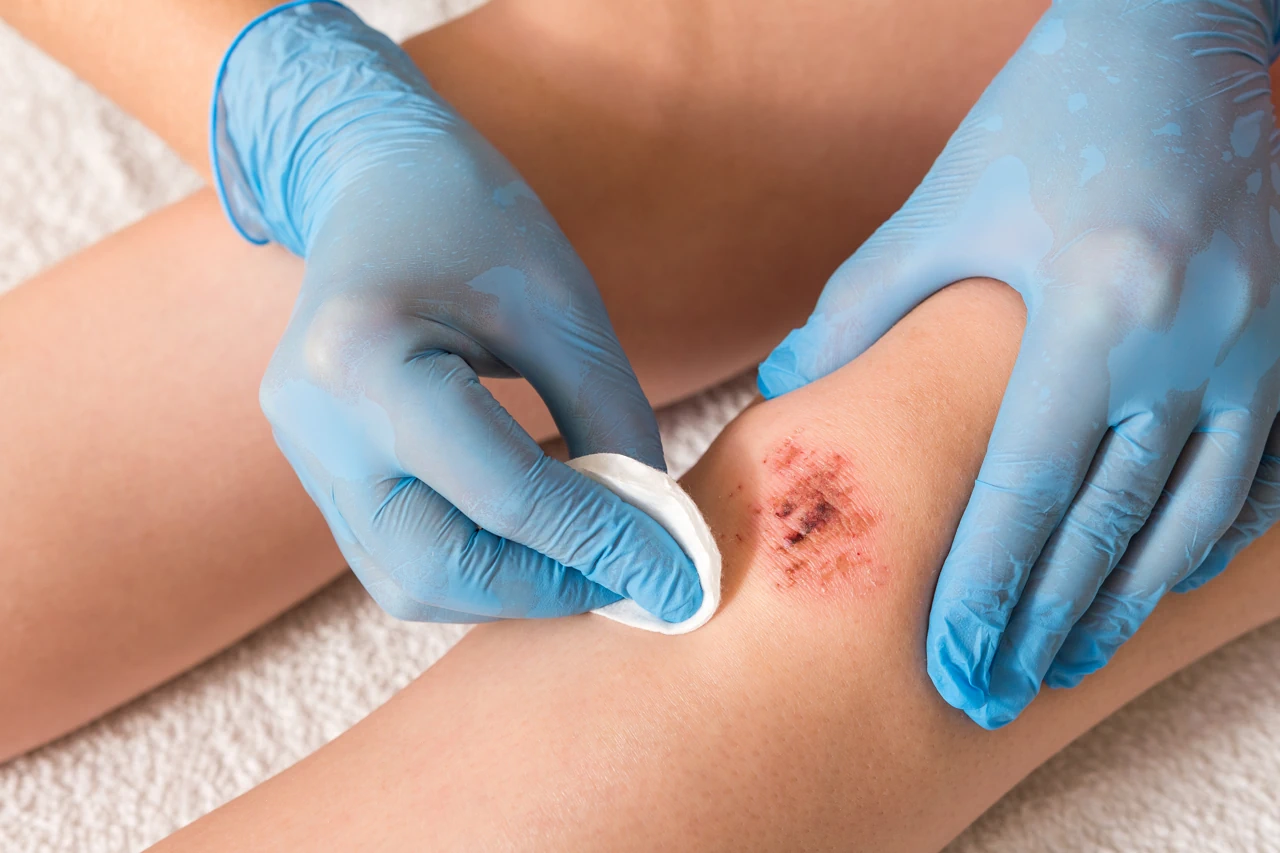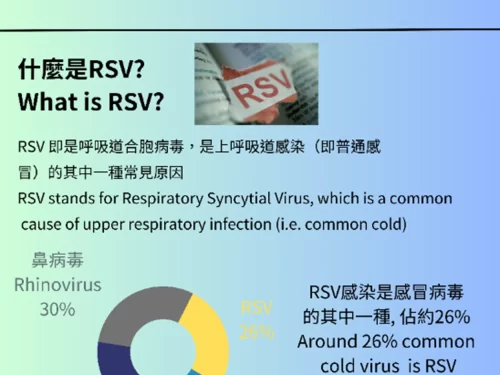
Hypertrophic scar will cause patients to feel itching and stinging, and may even cause trouble in the patient’s life. Although scar formation cannot be completely avoided, the chance of scar hyperplasia can still be reduced through some preventive methods. Here are some tips for preventing scarring.
Q1: How to treat wounds correctly?
A. Wound management is important to prevent scarring. The first step is to keep the wound clean and avoid infection. Clean the surface of the wound with disinfectant, then use sterile alcohol cotton balls to disinfect along the edge of the wound, and cover the wound with a clean dressing. During the wound healing process, excessive skin pulling and pressure near the wound should also be avoided. Direct exposure to sunlight should also be avoided while the wound is healing, as ultraviolet rays may darken the colour and thicken the scar.
Q2: What dietary recommendations should be paid attention to during wound healing?
A. Adequate nutrition and hydration are very important for the skin healing process. A balanced diet, especially foods rich in protein and vitamins A and C, can help promote skin repair and avoid scarring. The collagen fibre in protein help repair wounds. If there is a lack of protein, wound repair will be hindered, leading to scarring. In addition, vitamin A increases the number of white blood cells needed to heal wounds, while vitamin C also helps produce collagen and transport nutrients to new blood vessels in the wound In addition, one should also avoid eating spicy foods, coffee, alcohol, etc.
Q3: What scar care products can be used after the wound has healed?
A. Generally, after the wound has healed or surgical stitches have been removed, scar removal products can be used to avoid scar hyperplasia. For example, silicone patches are easy to use and can be applied to scars, and do not need to be replaced frequently. They are more suitable for flat areas such as surgery or Caesarean section scars. In addition, silicone gel is also a common product. This type of product is applied and suitable for a variety of scars, especially large areas that are difficult to cover with patches, such as joints or hair. Using silicone scar reduction products can improve redness, swelling, pain or itching caused by scars, and can also prevent and alleviate scar hyperplasia.
Preventing scar hyperplasia requires attention from the initial stages of wound healing. Through some of the above simple measures, you can effectively reduce the risk of scar hyperplasia and make the wound heal healthier and more beautiful.




